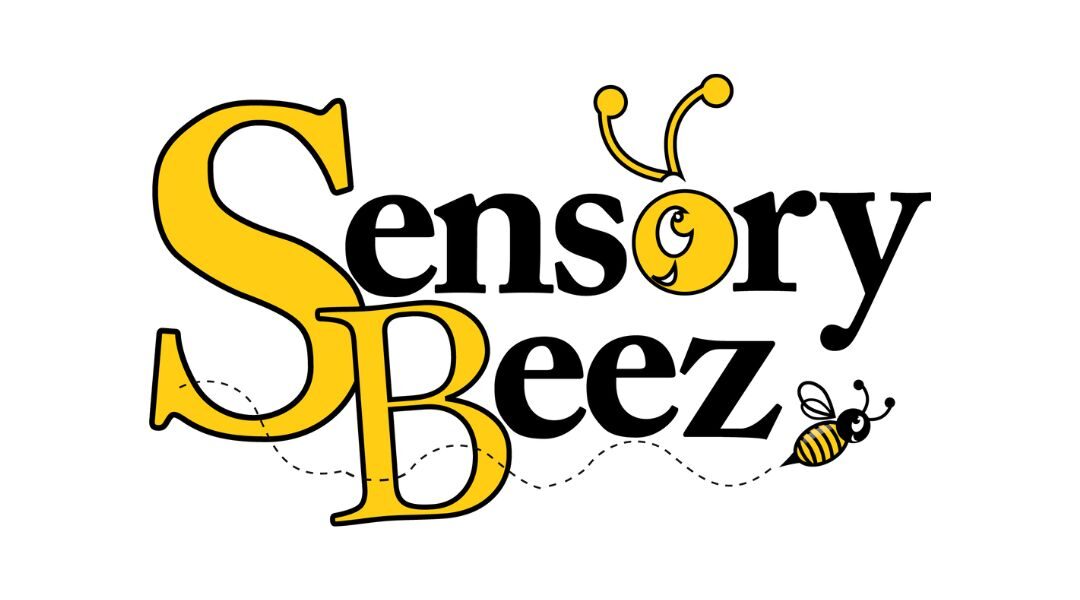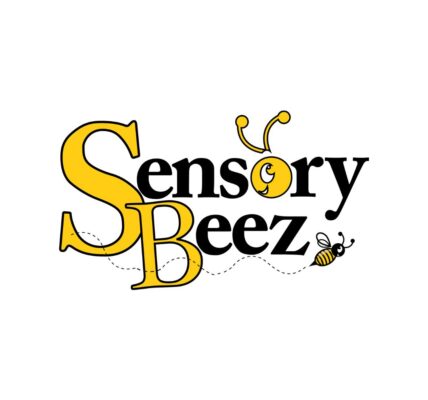Autism Spectrum Disorder (ASD) is a developmental condition that affects communication, behaviour, and social interaction. The sensory experiences of individuals with autism often differ from those of neurotypical individuals, making the world feel overwhelming at times. Sensory toys have emerged as valuable tools in supporting individuals with autism, offering a way to engage their senses, calm their minds, and enhance their development. This article explores the significance of sensory toys and how they help individuals with autism.
Understanding Sensory Processing in Autism
One of the core characteristics of autism is a difference in sensory processing. Many individuals with autism have heightened or diminished sensitivity to sensory stimuli. This can include sensitivity to light, sound, touch, taste, or smell. These sensory sensitivities can lead to discomfort, anxiety, or even pain in everyday environments. Conversely, some individuals may seek out sensory stimulation, finding comfort in repetitive behaviours like rocking or spinning.
Sensory toys are specifically designed to address these sensory needs. They provide a controlled and safe way for individuals with autism to explore their sensory preferences, helping them regulate their responses to sensory stimuli. Whether it’s a toy that lights up, makes a noise, or offers a particular texture, these tools can be incredibly beneficial in managing sensory challenges.
The Role of Sensory Toys in Development
- Enhancing Focus and Attention: Many individuals with autism struggle with focus and attention. Sensory toys that provide visual, auditory, or tactile stimulation can help capture and hold their attention. For example, fidget spinners or stress balls can give them something to focus on, reducing distractions and improving concentration during tasks.
- Promoting Fine Motor Skills: Sensory toys often require manipulation, which can help improve fine motor skills. Activities like squeezing, twisting, or pulling can strengthen hand muscles and improve hand-eye coordination. Toys like playdough, putty, or building blocks are excellent for developing these skills in a fun and engaging way.
- Encouraging Social Interaction: While some individuals with autism may prefer solitary play, sensory toys can also be used to encourage social interaction. Toys that involve turn-taking, like sensory balls or interactive light-up toys, can help develop social skills in a low-pressure environment. These toys can serve as a bridge to more complex social interactions, making them an essential part of therapy.
- Supporting Emotional Regulation: Emotional regulation is often a challenge for individuals with autism. Sensory toys can provide a calming effect, helping them manage stress and anxiety. Weighted blankets, for example, offer deep pressure stimulation that can have a soothing effect, promoting relaxation and reducing meltdowns. Similarly, soft, tactile toys can provide comfort and reassurance.
- Stimulating Sensory Exploration: Sensory toys allow individuals with autism to explore different textures, sounds, and sights in a controlled way. This exploration can be incredibly beneficial for those with sensory-seeking behaviours, as it provides them with the stimulation they crave without overwhelming them. For example, toys with various textures or those that vibrate can satisfy their sensory needs, making them feel more grounded.
Summing up, sensory toys are more than just playthings; they are powerful tools that can help individuals with autism navigate their sensory world. By providing sensory input that is calming, stimulating, or both, these toys support emotional regulation, enhance focus, and promote developmental skills.





